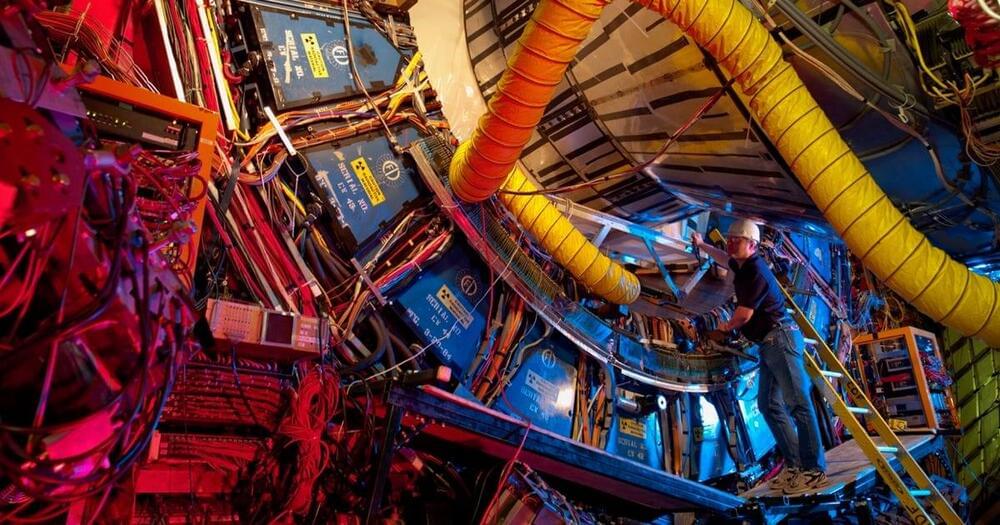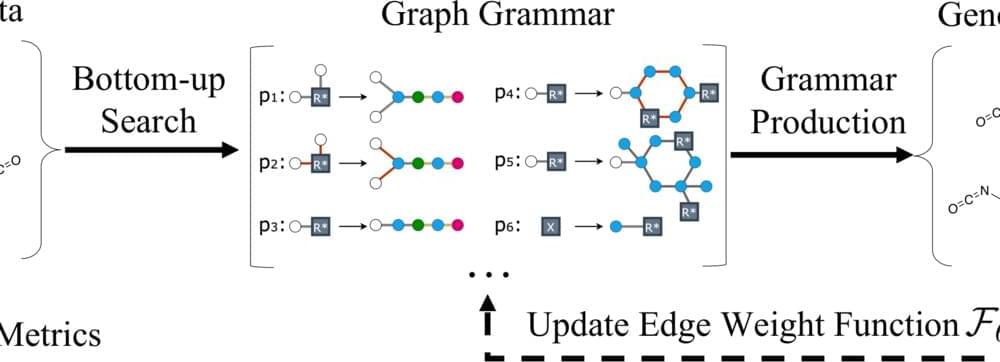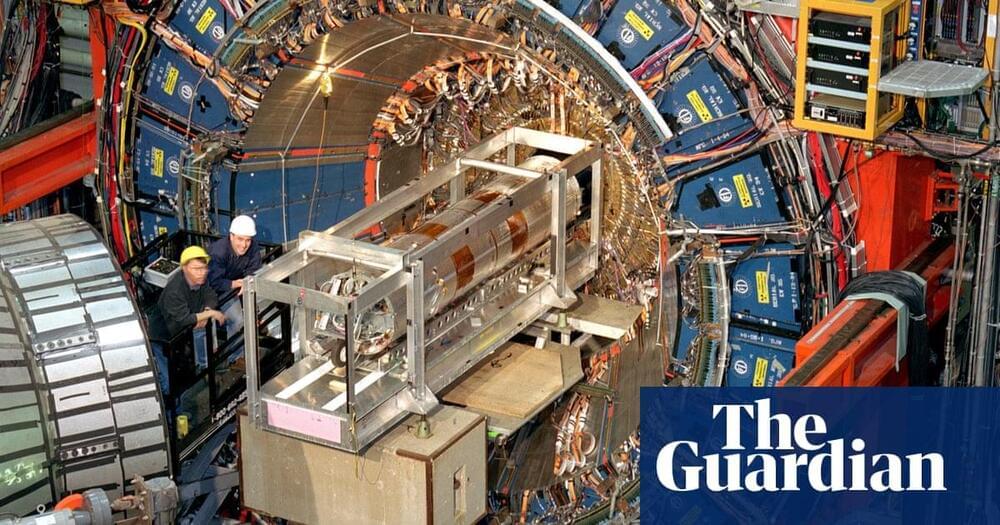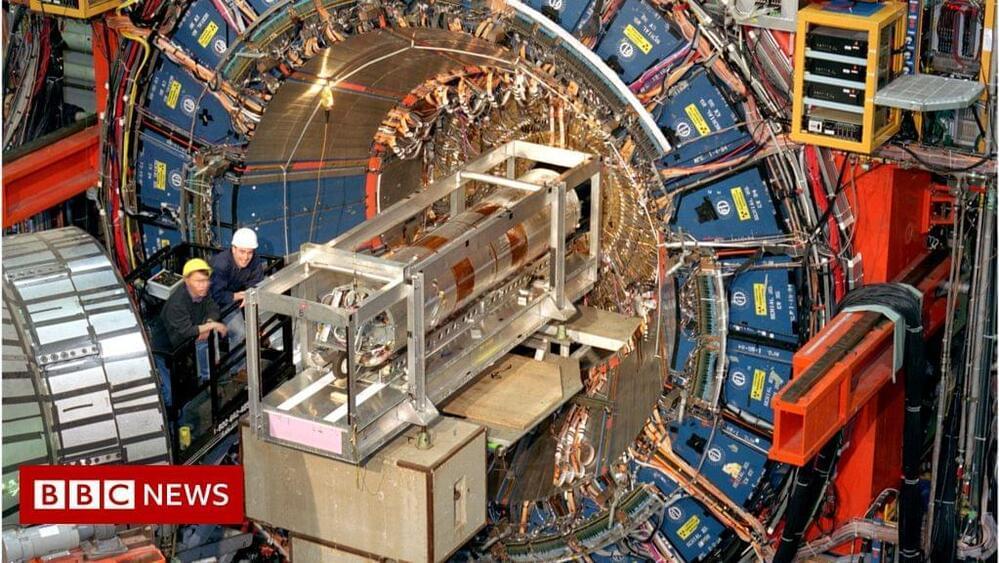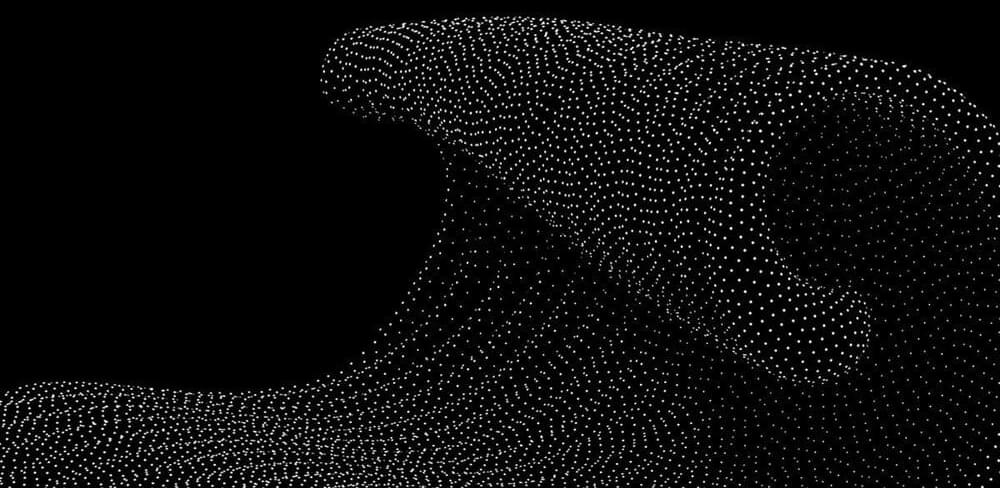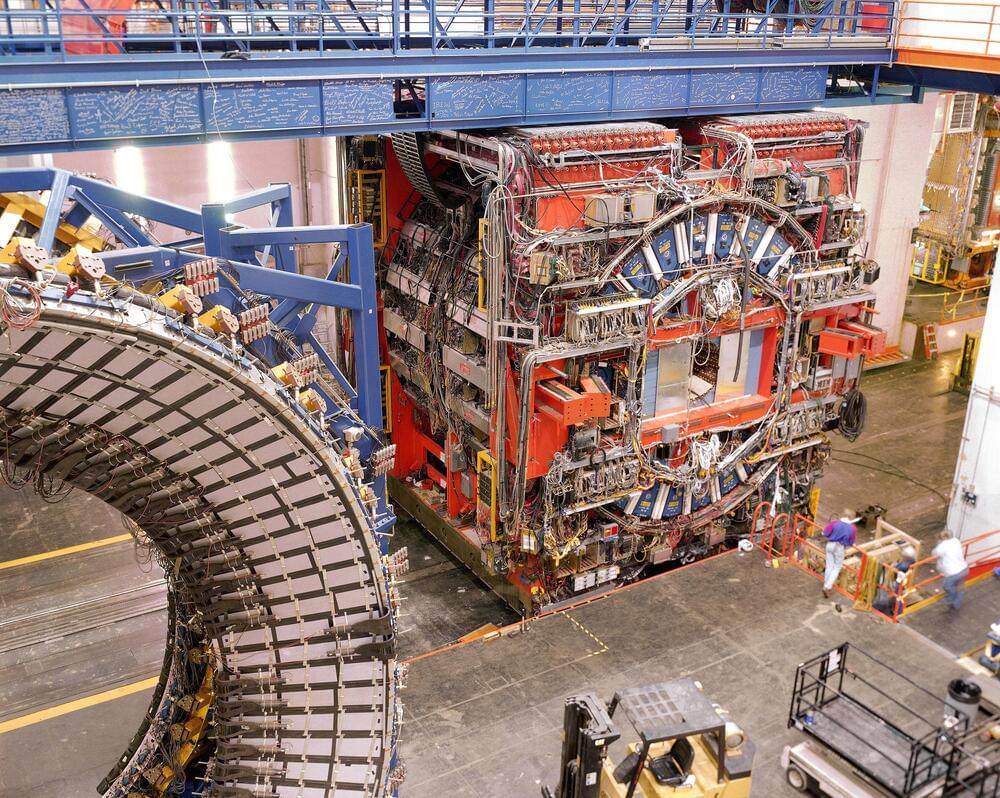If the W’s excess heft relative to the standard theoretical prediction can be independently confirmed, the finding would imply the existence of undiscovered particles or forces and would bring about the first major rewriting of the laws of quantum physics in half a century.
“This would be a complete change in how we see the world,” potentially even rivaling the 2012 discovery of the Higgs boson in significance, said Sven Heinemeyer, a physicist at the Institute for Theoretical Physics in Madrid who is not part of CDF. “The Higgs fit well into the previously known picture. This one would be a completely new area to be entered.”
The finding comes at a time when the physics community hungers for flaws in the Standard Model of particle physics, the long-reigning set of equations capturing all known particles and forces. The Standard Model is known to be incomplete, leaving various grand mysteries unsolved, such as the nature of dark matter. The CDF collaboration’s strong track record makes their new result a credible threat to the Standard Model.

